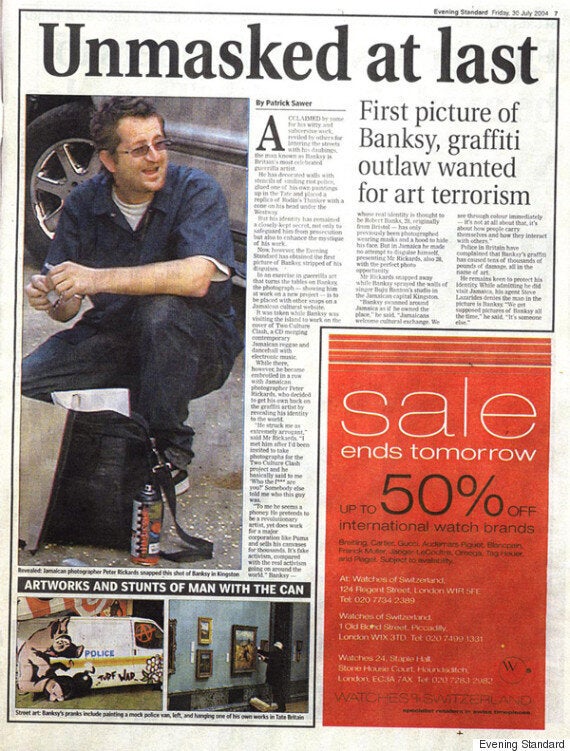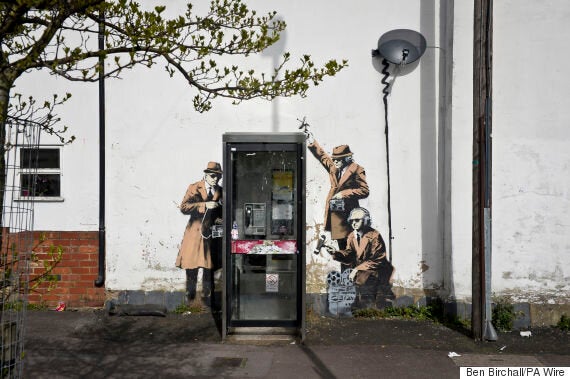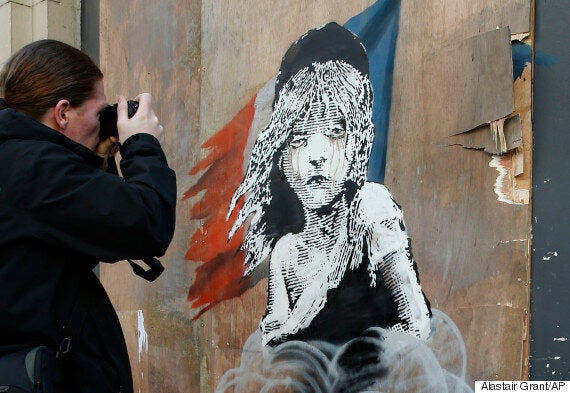Banksy's true identity has been "unmasked" by a revolutionary scientific technique designed to fight crime.
Scientists at Queen Mary University of London subjected the anonymous graffiti artist's works to a test using the technique that mapped out scores of works attributed to him in Bristol and London to establish a pattern and then compared to addressed with links to a man previously named in the press as Bansky.
The results, they say, show Banksy is Robin Gunningham rather conclusively.

A 2004 article from the Evening Standard showing what is claimed to be a picture of Banksy
Gunningham, from Bristol, was named as Banksy by The Mail on Sunday after an investigation in 2008.
Biologist Steve Le Comber, who was part of the study, told the BBC: "I’d be surprised if it’s not Gunningham, even without our analysis, but it’s interesting that the analysis offers additional support for it. What I thought I would do is pull out the 10 most likely suspects, evaluate all of them and not name any.
"But it rapidly became apparent that there is only one serious suspect, and everyone knows who it is. If you Google Banksy and Gunningham you get something like 43,500 hits."
The mathematical technique was developed by criminologists and the researchers said the Banksy study showed the its wider applications.

A Banksy artwork in Cheltenham lampooning GCHQ
The study, published in The Journal of Spatial Science, said the "Dirichlet process mixture" model it uses "takes as input the locations of these artworks, and calculates the probability of ‘offender’ residence across the study area. Our analysis highlights areas associated with one prominent candidate (e.g., his home), supporting his identification as Banksy."
It adds: "More broadly, these results support previous suggestions that analysis of minor terrorism-related acts (e.g., graffiti) could be used to help locate terrorist bases before more serious incidents occur, and provides a fascinating example of the application of the model to a complex, real-world problem."
The study, published on Thursday, went up after delays as the journal's publishers discussed the content with Banksy's lawyers, the BBC reported.

One of Banksy's recent artworks outside the French embassy in London, highlighting the use of tear gas against migrants